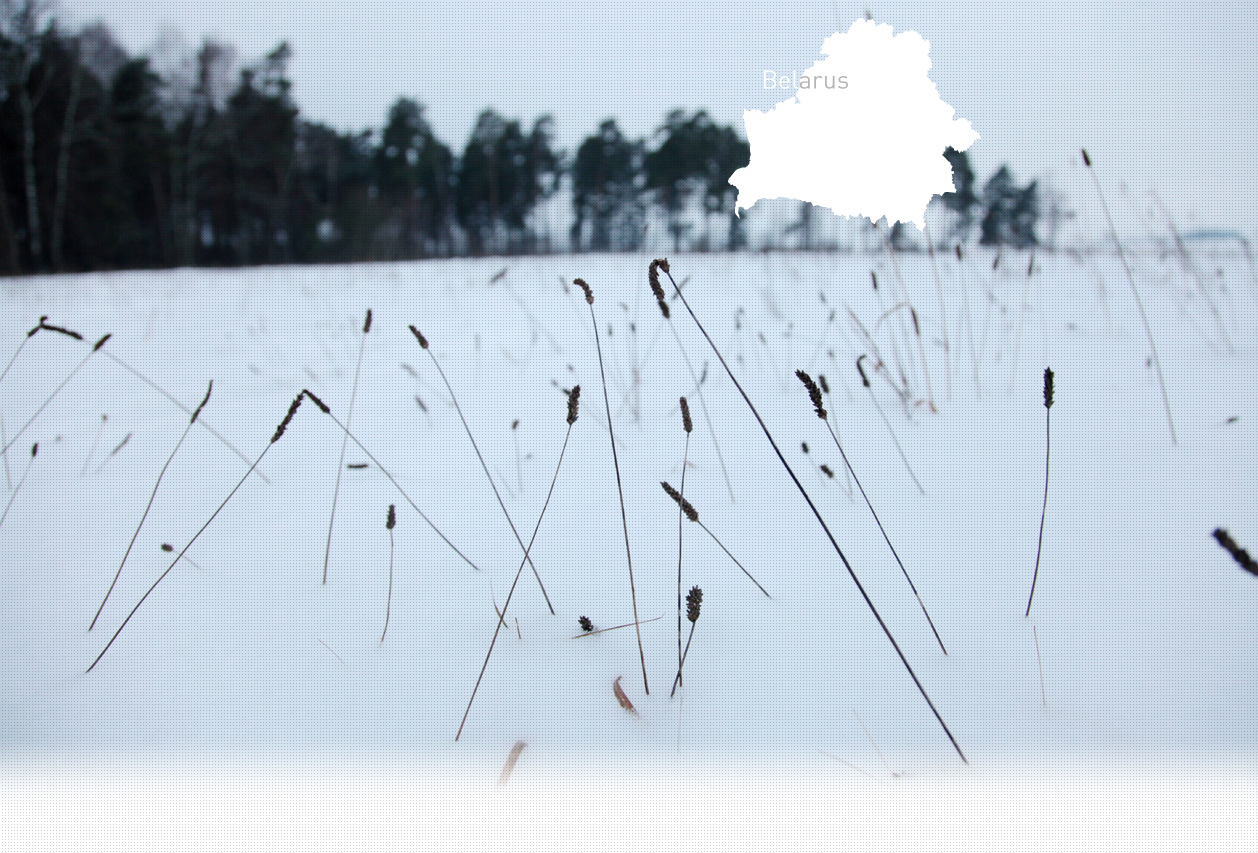

1 Killing site(s)
Lev P., born in 1930 to a Jewish mother and a Belarusian father: "On February 12, 1942, the Germans shot two thousand Jews here. I was looking out the window, like now, you can see the park there. There used to be buildings there, a stable, a canteen and other constructions, and there were cellars. In February [19]42, (it was winter), they were ordered to take only essentials with them, because they were going to leave. They were taken away. All of them got ready, as a family, and there was a Polish church there that was destroyed, in which they were told to gather. I saw them gathering. That same day, they were all rounded up, all the Jews, and formed into three columns. The first column was taken away. There was a wooden bridge here that was later destroyed, now it’s another one, and on the other side, Zarechnaya Sloboda. There, a kind of long ditch had been dug by the Jews themselves, young people, men, who had been brought there with spades, but they didn’t know what it was for. They didn’t know. And when, on February 12, they were led there in groups, they were made to line up along the ditch, to strip completely. Their clothes were put in a pile to one side, and then they were shot with machine guns. There was a special German commando, called a Sonderkommando that came from Vitebsk." (Witness n°51B, interviewed in Chashniki, on July 17, 2008)
"During just one day, February 12, 1942, the Fascist scoundrels killed more than 1,000 people, the majority of whom were children, women and the elderly, in the town of Chashniki." [Act drawn up by Extraordinary State Commission (ChGK) in 1945; GARF 7021-84-15 /Copy USHMM RG22-002M]
Chashniki is a village located 75 km (47mi) southwest of Vitebsk. The first records of the Jewish community date back to the mid-17th century. According to the 1897 census, there were 4,590 Jews in Chashniki, making up 80% of the town’s total population. The main occupation of the Chashniki Jews was trade, with many of them being artisans or skilled workers. In 1917, a Yiddish school opened in Chashniki, but it was closed at the end of the 1930s. In 1939, according to the last prewar census, 1,109 Jews lived in the town, making up 32% of the population.
Chashniki was occupied by Germans on July 4, 1941. A small group of Jews evacuated before the Germans’ arrival. The Jews continued to live in their homes until they were murdered, no ghetto was established in the town. To be easily recognizable among the local population, the Jews were marked with yellow Stars of David. They were subjected to perform different types of forced labor, mainly at a nearby peat bog. The community was murdered on February 14-15, or on February 12 according to the Soviet archives, 1942, 1 km northeast of Chashniki, in Zarechnaya Sloboda by Einsatzkommando 9, which came to carry out the order. That day, all the Jews were first rounded up in the building “House of Culture”, a former Catholic church, and after having spent the night there under guard, were taken to be shot the following day. During the round-up, some Jews resisted and were shot on the spot. According to testimonies and archival sources, before being shot, the victims, especially women, were searched for any valuables, even in the intimate parts of their bodies. The search was conducted by Geheimfeldpolizei - Secret Field Police - and two volunteers from a local Luftwaffe unit. After the search, the Jews were forced to line up completely naked on the edge of the pit and shot with machine guns. The shooting lasted for the entire day. Over the following days, the police searched for Jews in hiding. After the Aktion, the victims’ belongings were collected, sorted and, sold to the Belarusian population.
Do you have additional information regarding a village that you would like to share with Yahad ?
Please contact us at contact@yahadinunum.org
or by calling Yahad – In Unum at +33 (0) 1 53 20 13 17